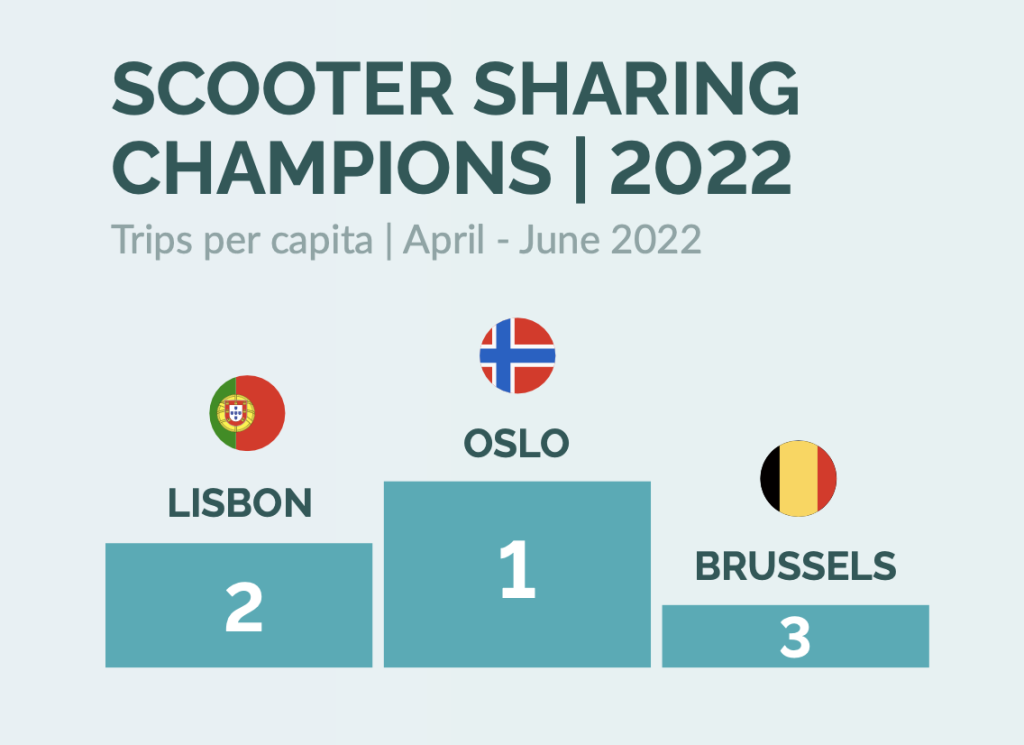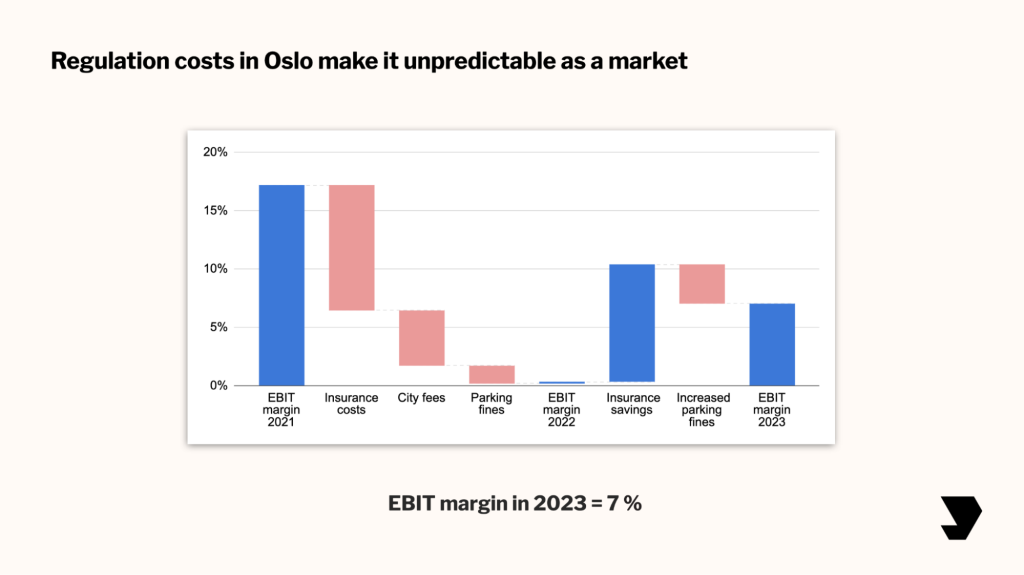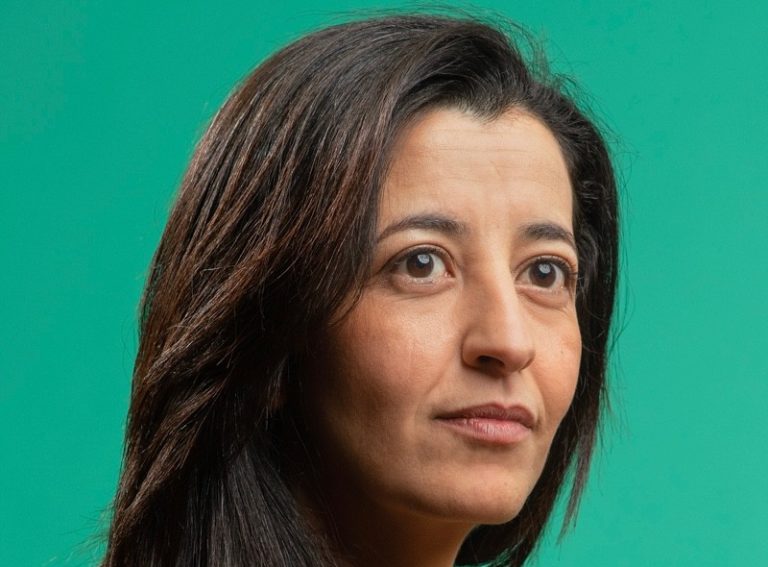By Zag industry expert Lars Christian Grødem-Olsen, an Advisor for Movability on new mobility and former Country Manager at Tier Mobility.
Zag Daily: Oslo has the highest micromobility demand per capita in the world. Why is that?
CG: “Oslo residents are early adopters. Notably, 50% of trips in Oslo combine e-scooters with public transport, which is unique in the European market.”

Zag Daily: In 2019, everyone thought Southern Europe would dominate the micromobility market. Were you surprised by the Nordics?
CG: “When I first joined Voi, we evaluated European cities for expansion, considering factors like population density and climate. Based on these metrics we ranked Norway at the bottom. Our original plan was to start in the Nordics and eventually expand to Southern Europe. However, Southern Europe’s performance was underwhelming, while the Nordics were astonishingly receptive. This greatly altered our perspective on European markets. In fact, the regulatory challenges in Spain led us to exit the market after just a year.”
Zag Daily: How can micromobility be relevant for more users in a city like Oslo?
CG: “We need to extend the micromobility permit duration. More space for micromobility parking, increasing protected bicycle lanes, and adapting the insurance requirement would help.”
The cost of regulations
National regulations were established in Norway during 2021, with Oslo boasting the highest number of e-scooters per capita. These regulations allowed local authorities to dictate permit schemes, introducing stringent rules like blood alcohol concentration limits for riders, and, notably, compulsory insurance similar to cars.
Oslo’s permit scheme permits operators to compete for three permits. They’re evaluated on order, safety and sustainability, and the municipality imposes fees to cover city costs and penalizes operators with parking fines.
Zag Daily: What is the secret sauce in “The Oslo model”?
CG: “The interlinked national and local regulations provide clear rules for compliance, agreements and permit applications. There are strict demands on parking compliance. However, these regulations also have negative effects on operators’ finances.”
Zag Daily: What are these negative effects?
CG: “The insurance mandates for e-scooters are disproportionate, straining our margins. Municipalities have also been overly restrictive, impacting user accessibility and service availability.”
Zag Daily: I’ve heard that insurance costs for operators decreased significantly over the past year. Can you shed light on this?
CG: “I can’t confirm the exact percentage. However, it’s crucial to highlight the substantial reduction in accidents over the past year. Factors like better vehicle design, responsible user behavior due to our initiatives like our online traffic school, and the restriction of operators per city have had a significant impact on accident risks.”
Zag Daily: In 2022, the business case for the 2nd place player in Oslo was break-even. Now, there’s a healthy EBIT margin. Your thoughts?
CG: “Transport remains a low-margin business, especially in the Nordics due to the seasonality factor. As the industry matures, these investments start to pay off.”
Zag Daily: Bolt exited Bergen, and neither TIER nor Dott showed interest. How can we interpret that?
CG: “Bergen simply can’t accommodate three operators.”
Zag Daily: So all cities aren’t three-player markets?
CG: “No, and that’s the problem when everyone copied Oslo’s first tender. Smaller cities can’t sustain three operators, as evidenced by Tier and Dott’s decision to abstain from Bergen.”

Solving micromobility parking
Obstructive e-scooter parking has always been a concern for cities. However, research indicates that users aren’t always aware of the parking rules for e-scooters.
Zag Daily: How can we improve parking when end users park poorly?
CG: “At Voi we guide users to the nearest parking spot. We believe in treating users differently based on their behavior.”
Zag Daily: Parking ticket costs have surged in several markets, including Oslo. Are they having the desired effect?
CG: “Sadly, we must file several complaints to achieve mutual understanding with the city. Oslo’s infrastructure still requires enhancement, not just in bike lanes but specific e-scooter parking areas.”
Looking ahead
Zag Daily: How do you foresee the balance between regulation and innovation in the micromobility sector?
CG: “The regulatory framework should support innovation. Collaborating with cities to identify challenges is paramount, but they should trust us to handle R&D. Tenders are an effective way to regulate micromobility operators. It ensures operators with the most effective operations and best solutions win contracts.
“Our mission remains to assist cities in achieving their traffic and climate goals. Politicians now recognise us as an essential component of the shift towards a greener urban transportation landscape.”





